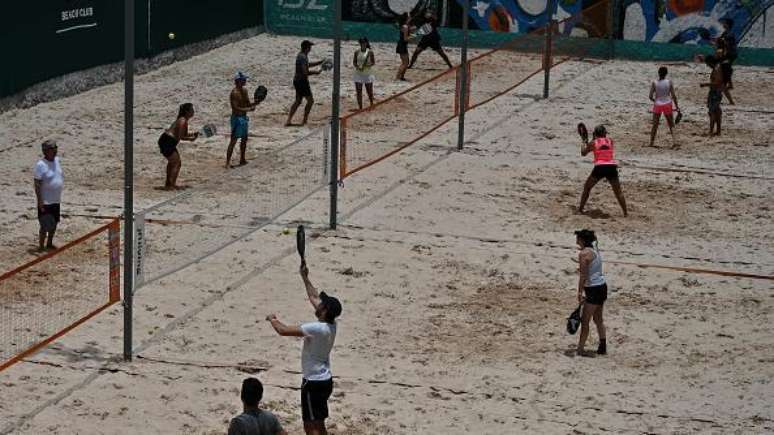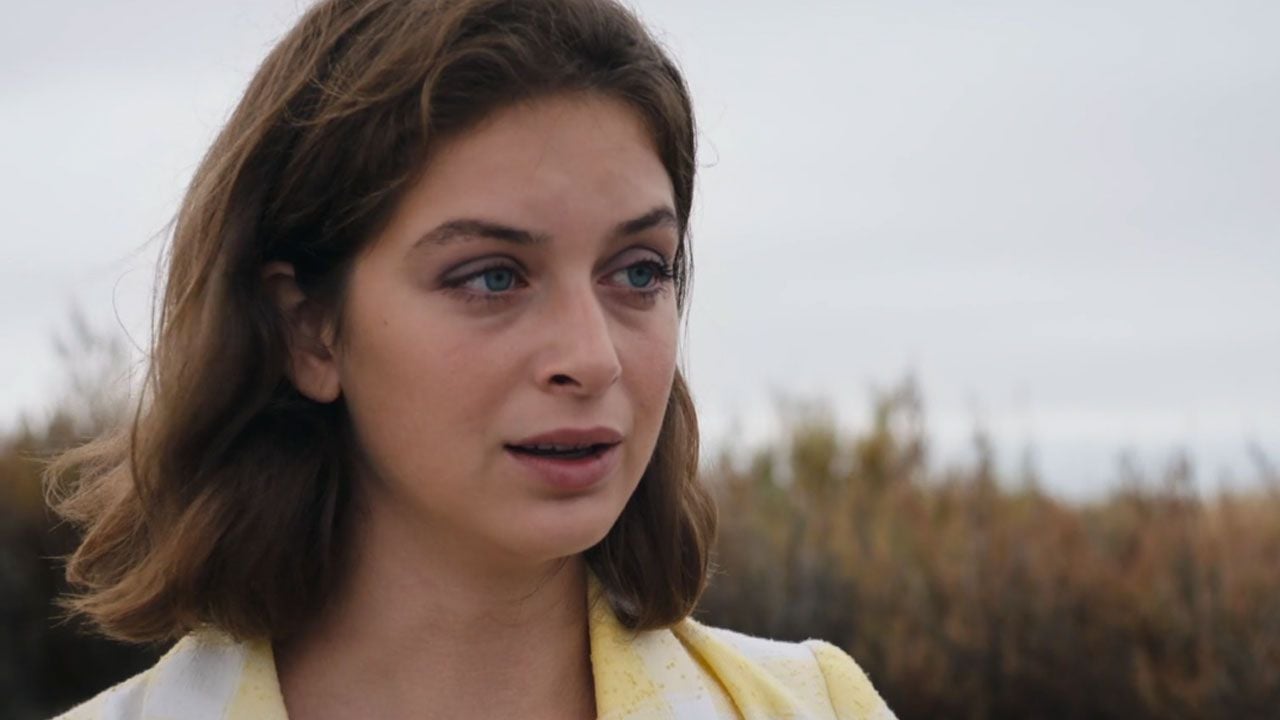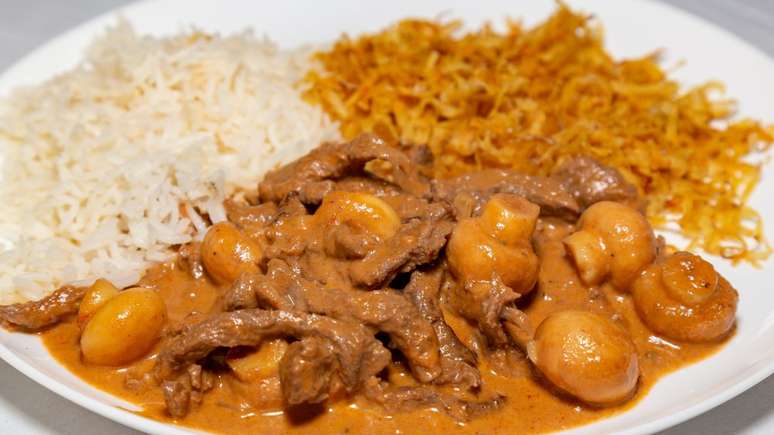The sport is a fever among ‘professional’ amateurs and Brazil is preparing to host a third consecutive World Cup.
Rio de Janeiro, João Pessoa, Natal, Maceió, Vitória and nearby Vila Velha. Also Balneário Camboriú and Guarujá, as well as Marechal Deodoro and Aquiraz.
These are some of the Brazilian cities that have hosted or will host a tournament on the international circuit beach-tennis This year.
They are tourist and coastal cities that already show that Brazil is among the countries where this sport is most popular.
Now what makes it clear that Brazil has become the country of beach-tennis they are the host cities of the International Tennis Federation (ITF) circuit spread from north to south of the country, in all Brazilian regions.
There are capitals that are not at all close to the sea, such as São Paulo, Brasilia, Belo Horizonte, Teresina and Palmas, and also the furthest from the coast, Cuiabá.
And many other cities in the interior of the country, such as Ribeirão Preto, Vinhedo and Sorocaba (SP) or Maringá, Londrina and Foz do Iguaçu (PR) — and also in Minas Gerais, Rio Grande do Sul, Goiás and Rio Grande do Norte.
OR beach-tennis it is practiced throughout Brazil, in more and more places and by an increasing number of people.
The Brazilian Tennis Confederation (CBT) estimates that the number of practitioners has nearly tripled in the past three years, from 400,000 in 2021 to 1.1 million in 2023.
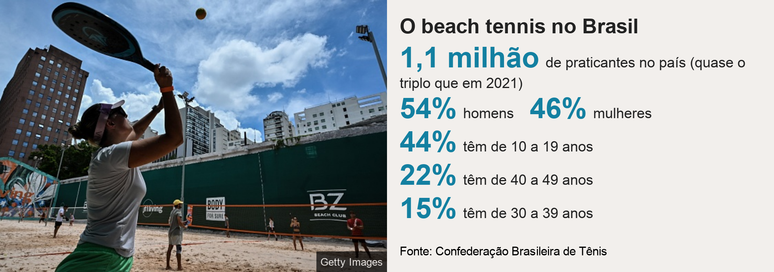
Illustrator Daphne Lambros, 49, started playing in 2019 in Curitiba and hasn’t stopped since.
“I’ve always liked the beach, I love putting my feet in the sand, even though I live in Curitiba. We’ve always had to do indoor activities here, due to the cold and the rain. beach-tennis it has a beach vibe. When I step on the sand, even if it’s an indoor court, it already feels like I’m on the beach, it’s very beautiful, ”he says.
Brazil also has several athletes among the elite of the sport and is preparing to host its third World Cup in beach-tennis consecutive.
Rafael Westrupp, president of the CBT, says that more than 65% of the modality’s international tournaments are held in the Brazilian sands today and that this turns out to be a boon for the athletes here.
“Brazilians compete in the country, they earn in dollars and spend in reais,” summarizes Westrupp.
The origins
A 3rd-century Italian villa in Enna, Sicily, is frescoed with bikini-clad girls tossing a tennis ball across a court. They only use one hand and appear to be slapping the ball, as if their arms are rackets.
It would be the prehistory of beach-tennisaccording to the Italian Tennis Federation (ITF).
Sport is no longer in fashion in the country that was to be born and which is the maximum power in competitions.
According to the ITF, the beach-tennis it appeared on Italian beaches in the 1970s, when tennis players took advantage of the volleyball nets installed in the sand and started hitting a ball. Soon the first tournaments and rules appeared. In the 90s, the athletes turned pro. But the sport was still confined to the European Mediterranean.
It only crossed the ocean in the 21st century and is currently practiced in around 50 countries, including Brazil. According to CBT, the practice arrived here in Rio de Janeiro, in 2008. Two years later, Florianópolis hosted the country’s first tournament.
But in the last decade, the beach-tennis it was a very specific niche. Then came the covid-19 pandemic and its popularity exploded in Brazil.
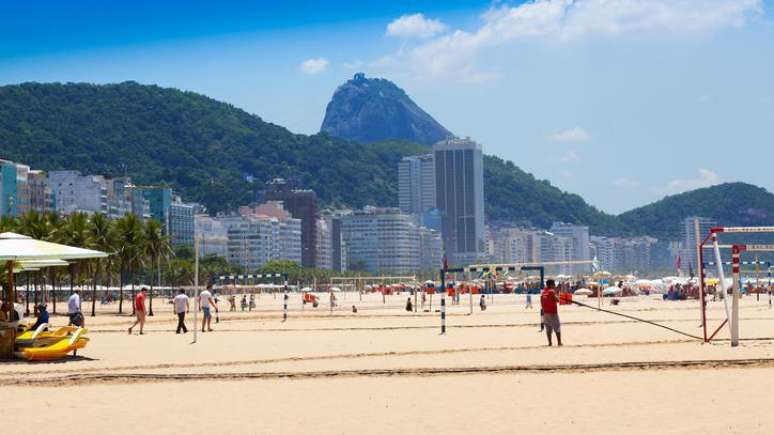
Country of beach-tennis
In the most acute periods of confinement, many people have sought new activities and the fear of contagion has directed this research towards safer practices against covid-19.
“Because it’s an open-air sport, with groups generally of up to six people, the beach-tennis it gained strength as the pandemic ended,” says Jassy Ribeiro, a sports psychologist at the Ceará Tennis and Beach Tennis Federation (FCTBT).
“Besides, having your feet in the sand, in the sky and in the wind undoubtedly brings a sense of freedom, of connection with nature.”
For sports psychologist Gabriella Finatti, the pandemic context may have kicked it off, but what underpins its popularity today is that it creates “groups of belonging”.
“Practitioners get together to play, but also to socialize. Also, the fact that the mode is relatively new has piqued people’s curiosity, allowing everyone to learn from scratch almost simultaneously in all corners of the country. It’s a relatively easy game, with few complex technical elements,” he explains.
CBT’s Rafael Westrupp says the number of practitioners had been growing since 2013, but the pandemic blew it up.
“There has been an exponential appeal in terms of the number of practitioners, sports facilities and the number of official international tournaments held on the national territory,” he explains.
That is, according to him, in addition to people’s curiosity and demand, the beach-tennis it has grown in the country also thanks to official incentives.
In 2022, 59 events were held, each with two or three tournaments. This year they are 62.
Brazil hosted the World Cup in 2021 and 2022, and will host again in 2023, in November. The municipalities have invested in the creation of spaces: if before reserving an area for beach sports meant only volleyball and foot volleyball, today the divisions are different.
The Florianópolis Department of Sports reports that “a large part” of the plans for future public spaces, such as plazas and parks, will feature clay courts.
Currently, the capital of Santa Catarina has more than 30 courts of this type managed by the municipality. Rio de Janeiro regulated activities in public spaces in 2021, but last year the beach-tennis it became the most visible end of a beach dispute.
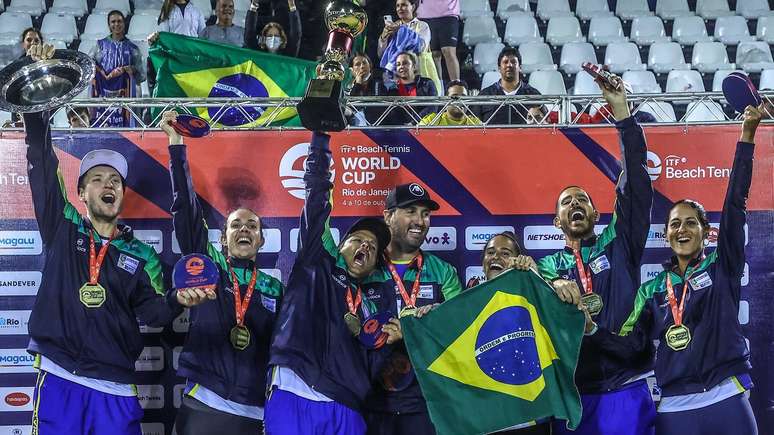
The increase in the space occupied by sports fields on the waterfront has generated a wave of discontent that has ended up in the Public Prosecutor’s Office.
Entities such as the non-governmental organization Grupo Ação Ecológica claim that the seafront is an area of environmental protection and that the landscape, protected by law, is being distorted.
The controversy is further evidence of the popularity of the sport. Among all the authorized physical and sporting activities, the beach-tennis it is the most common in the capital of Rio de Janeiro, with 80 regularized spaces.
The municipal sports department says that every event held in the city, such as the World Cup, attracts tourists and drives the economy.
Brazil has already won four World Cups, the same number as Italy, and currently has three athletes in the world’s men’s top 10 and three more in the women’s top 10.
Amateur but competitive
The success of the professionals has also increased the competitiveness among the amateurs.
“Even in free time there is a great desire to want to evolve within the sport, both for personal reasons and to participate in more competitions”, says the psychologist Gabriella Finatti.
Jassy Ribeiro, from the Ceará federation, also sees many amateurs taking the sport very seriously.
“There are amateur athletes who have a multidisciplinary team, with a coach, physical trainer, nutritionist, sports psychologist. They have invested in preparation with the desire to be more and more complete for competitions”.
To face sport in this way you need to feel good psychologically.
“A large number of athletes I work with have come to me to learn how to deal with frustration. Many of them have felt uncontrolled anger when they made a mistake, others have pushed themselves too hard, putting too much pressure on themselves,” explains Ribeiro.
Among the approximately 1.1 million practitioners, however, it is clear that many people do it more for health, well-being and enjoyment.
“Sand brings a differentiated sensory perception to our body, stimulating different physical and psychomotor capacities”, explains Finatti.
“The person develops more physical endurance, muscle tone and motor coordination without realizing it, just by focusing on the ball.”
Daphne Lambros practices the sport at Vita Beach Sports, in Curitiba, school of Marcela Vita, three times world champion with the Brazilian national team.
Even in winter, according to the academy, there was a 6% increase in students compared to May. The number of teachers has almost doubled since 2019.
Daphne says she’s never been a very sporty person. She also went swimming and pilates, but … beach-tennis it was a happy discovery.
“Sometimes it was frustrating at first, like learning to ride a bike. But soon I saw results, I made friends, which motivated me. It was the moment I stopped being a worker, stopped being a mother. There I am just a woman having fun with friends and the new friends I made in sports.”
Fashion?
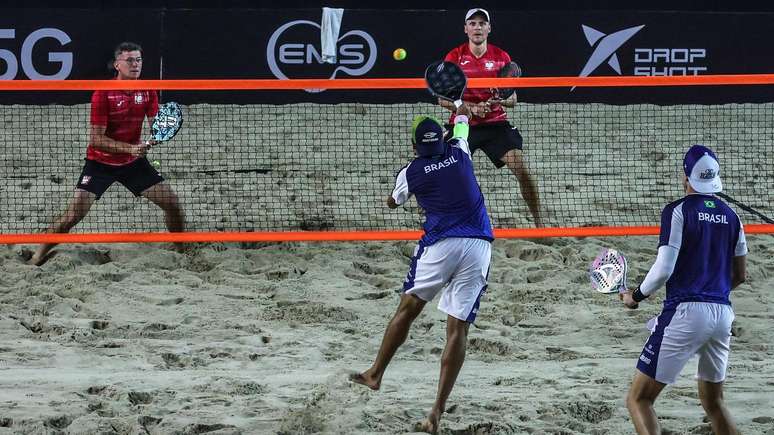
CBT’s Westrupp believes there is room for more disclosure.
According to a Unicamp study, walking, soccer and bodybuilding are the most popular physical activities in Brazil.
About 7% of the Brazilian population plays soccer regularly, or about 14 million players.
Volleyball, the second most popular team sport in the country, accounts for 0.3%, or 610,000 people. Traditional tennis is played by 380,000 Brazilians. The survey was released at the end of 2019. beach-tennis it doesn’t even appear in the top 15 most common activities.
But if the survey factored in the most current CBT numbers, the beach-tennis it would be among the top 10. How much sport will be able to grow depends, necessarily, on the socio-economic conditions of the country.
OR beach-tennis it may not even be as elitist as tennis, but it has its limits.
If you don’t have a public courthouse near your home, the practitioner must pay for use. There are still expenses with lessons and material.
There are rackets that cost less than R$100, while others cost more than R$2,000. Each ball usually costs R$10 to R$20 each. Daphne Lambros acknowledges that sports take a toll on her monthly budget. But don’t think about stopping.
“For me it’s worth the investment. It’s not for the competitions, it’s for the energy, for the state of mind. I hope it becomes an Olympic sport,” he says.
Source: Terra
Rose James is a Gossipify movie and series reviewer known for her in-depth analysis and unique perspective on the latest releases. With a background in film studies, she provides engaging and informative reviews, and keeps readers up to date with industry trends and emerging talents.

